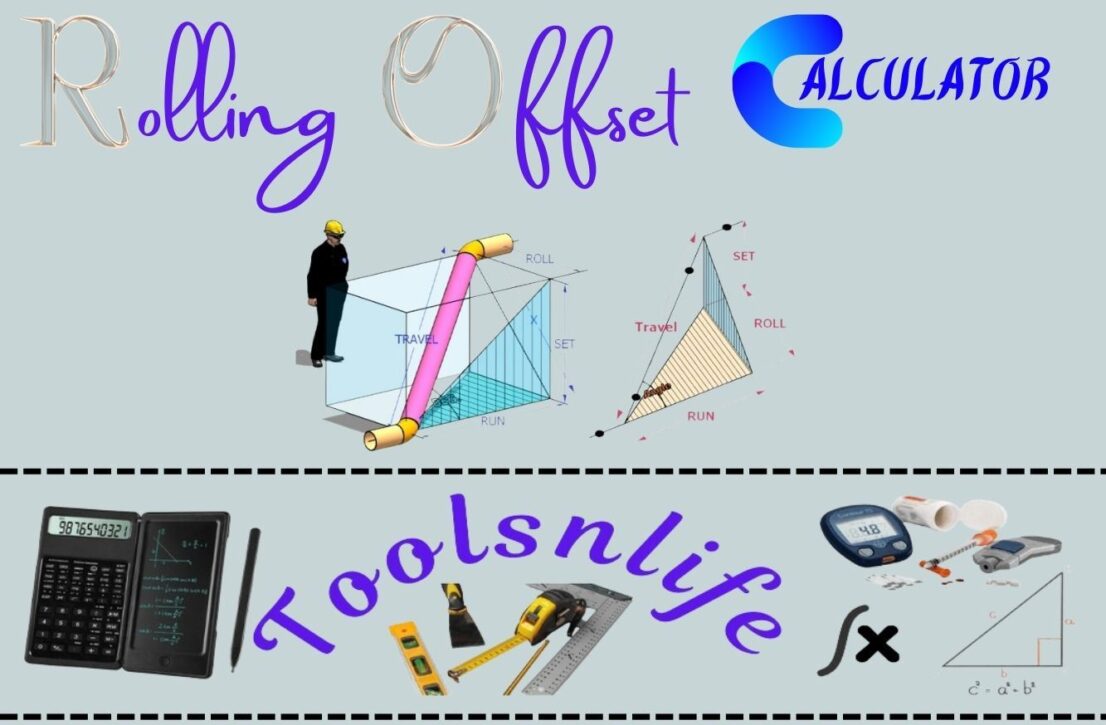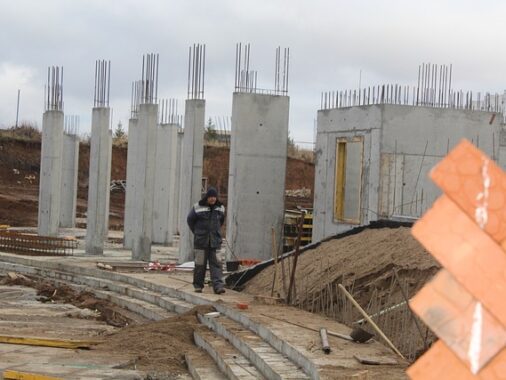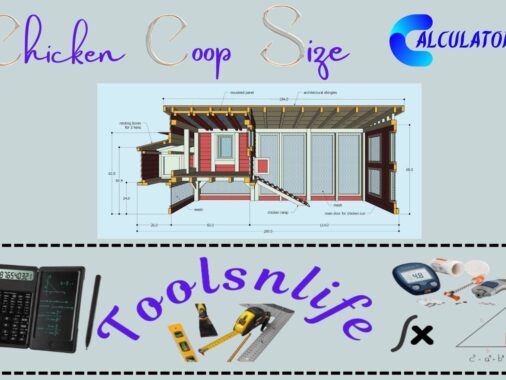Rolling Offset Calculator
Our rolling offset calculator helps pipefitters, plumbers, and HVAC technicians quickly calculate true offset, travel, and run measurements for piping systems. Whether you’re working with 221⁄2°, 45°, 60°, or 90° bends, this tool provides accurate results in multiple units of measurement.
Understanding Rolling Offsets in Pipe Fitting
A rolling offset in piping is one of the most common calculations pipefitters need to make on the job. It involves piping that needs to change direction both vertically and horizontally simultaneously, requiring precise calculations to ensure proper fit and flow.
Practical Application Example
Imagine you’re running a pipe that needs to avoid an obstruction. The pipe must move 2 feet to the side (roll offset) and 1.5 feet up (set offset). Using our calculator, you’d enter these values, select your preferred bend angle (typically 45° for smooth flow), and instantly get your true offset, travel, and run measurements.
Step-by-Step Calculation Process
- Measure your offsets: Determine the horizontal (roll) and vertical (set) distances needed
- Select your bend angle: Choose based on space constraints and flow requirements
- Calculate true offset: The hypotenuse of the triangle formed by roll and set offsets
- Determine travel length: The center-to-center distance between bends
- Find run distance: The parallel component of the travel
Safety Considerations
Always remember that proper pipe fitting is critical for system integrity and safety. Under-calculated offsets can lead to:
- Stress on pipe connections
- Reduced flow efficiency
- Potential leaks or joint failures
- Safety hazards in high-pressure systems
Always double-check your calculations and consider adding a safety margin for critical applications.
Common Mistakes to Avoid
Based on decades of field experience, here are the most frequent errors we see:
- Mixing measurement units without proper conversion
- Forgetting to account for pipe fitting allowances
- Selecting inappropriate bend angles for the application
- Failing to consider thermal expansion in the system
Frequently Asked Questions
45° bends are most commonly used in rolling offsets as they provide an optimal balance between directional change and flow characteristics. However, the specific application, space constraints, and code requirements may dictate other angles.
Our calculator provides center-to-center measurements. Remember to add your fitting allowances based on the specific connectors you’re using. For precise work, always measure your actual fittings and adjust accordingly.
Yes, the mathematical principles apply to all pipe materials. However, different materials have different bending characteristics and expansion coefficients that you should consider for precise installations.
Travel (T) is the center-to-center distance between bends—the actual length of pipe needed. Run (R) is the horizontal distance between the vertical planes of the two bends. In 90° bends, the run is zero as the offset is purely vertical.
Master Your Pipe Fitting Projects
With this rolling offset calculator and comprehensive guide, you’re equipped to tackle even the most complex piping challenges with confidence. Remember that while calculations provide the foundation, always verify measurements on-site and account for material-specific considerations.
Ready to put this knowledge into practice? Bookmark this page for quick access on your next job site, or share it with your team to improve efficiency and accuracy across all your projects.






